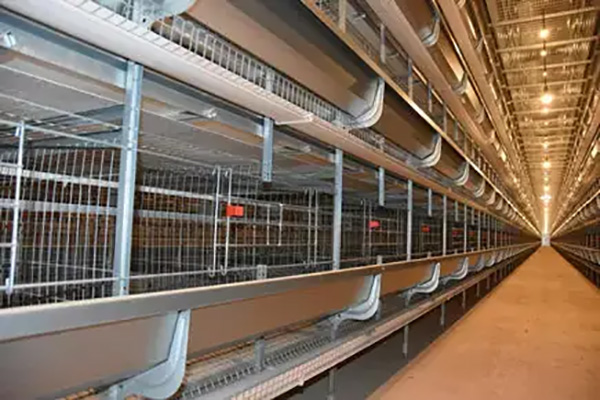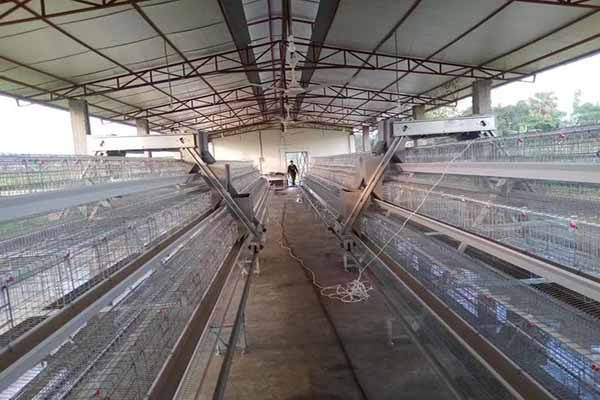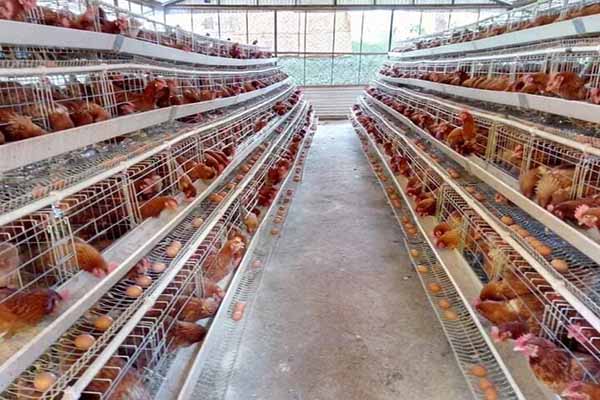Optimizing Chicken Cage Housing Plans for Egg Layers
Effective and efficient chicken cage housing plans are crucial for egg layer farms, ensuring the health and productivity of the birds. This article outlines key considerations when planning a chicken cage housing system for egg layers, incorporating industry best practices and data-driven insights.
Key Components of a Chicken Cage Housing Plan for Egg Layers
- Space Allocation
- Ensure each cage has enough space for the birds to move comfortably (minimum 0.7 square meters per bird).
- Proper spacing prevents overcrowding and reduces stress on the birds.
- Environmental Control
- Temperature: Maintain a constant temperature of 16-20°C (60-68°F) for optimal egg production.
- Humidity: Keep humidity levels between 40-60% to prevent respiratory issues.
- Nutrition and Feeding
- Provide a balanced diet tailored to the nutritional needs of egg layers.
- Regular feedings ensure consistent egg production.
- Airflow and Ventilation
- Install adequate ventilation to ensure a fresh air supply and remove ammonia and carbon dioxide.
- Use fans to maintain a consistent air flow, reducing heat stress and promoting health.
- Cleaning and Disinfection
- Regularly clean and disinfect the cages to prevent disease outbreaks.
- Implement an effective biosecurity program to minimize the risk of infection.
Benefits of an Optimized Chicken Cage Housing Plan
Implementing a well-designed chicken cage housing plan for egg layers can lead to several benefits:

- Improved egg quality and production rates.
- Reduced risk of disease and mortality.
- Increased efficiency and cost savings.
According to a study by the Agricultural Research Service (USDA), an optimized chicken cage housing plan can increase egg production by up to 15% and reduce mortality rates by 10%.

Choosing the Right Equipment
Selecting the appropriate equipment is essential for a successful chicken cage housing plan. Consider the following factors:

- Cage Design: Ensure the cages are durable, easy to clean, and provide adequate space for the birds.
- Feeding Systems: Choose a system that is efficient and reduces feed waste.
- Watering Systems: Implement a reliable watering system that provides constant access to fresh water.
- Environmental Control Devices: Utilize fans, heaters, and air exchanges to maintain optimal conditions.
Investing in high-quality equipment can significantly improve the efficiency and productivity of your egg layer farm.
At LIVI Mechanical, we specialize in providing customized chicken cage housing plans and equipment tailored to your specific needs. Our team of experts can help you design a system that maximizes your farm’s potential.
For a free consultation and to receive our detailed egg layer chicken cage housing plan, as well as equipment quotes, please contact us today.




